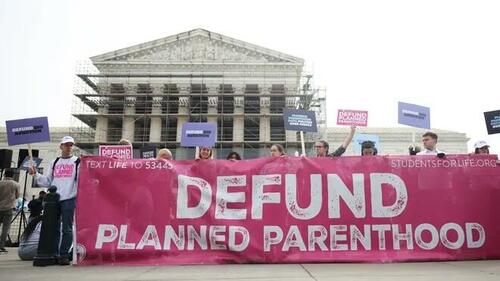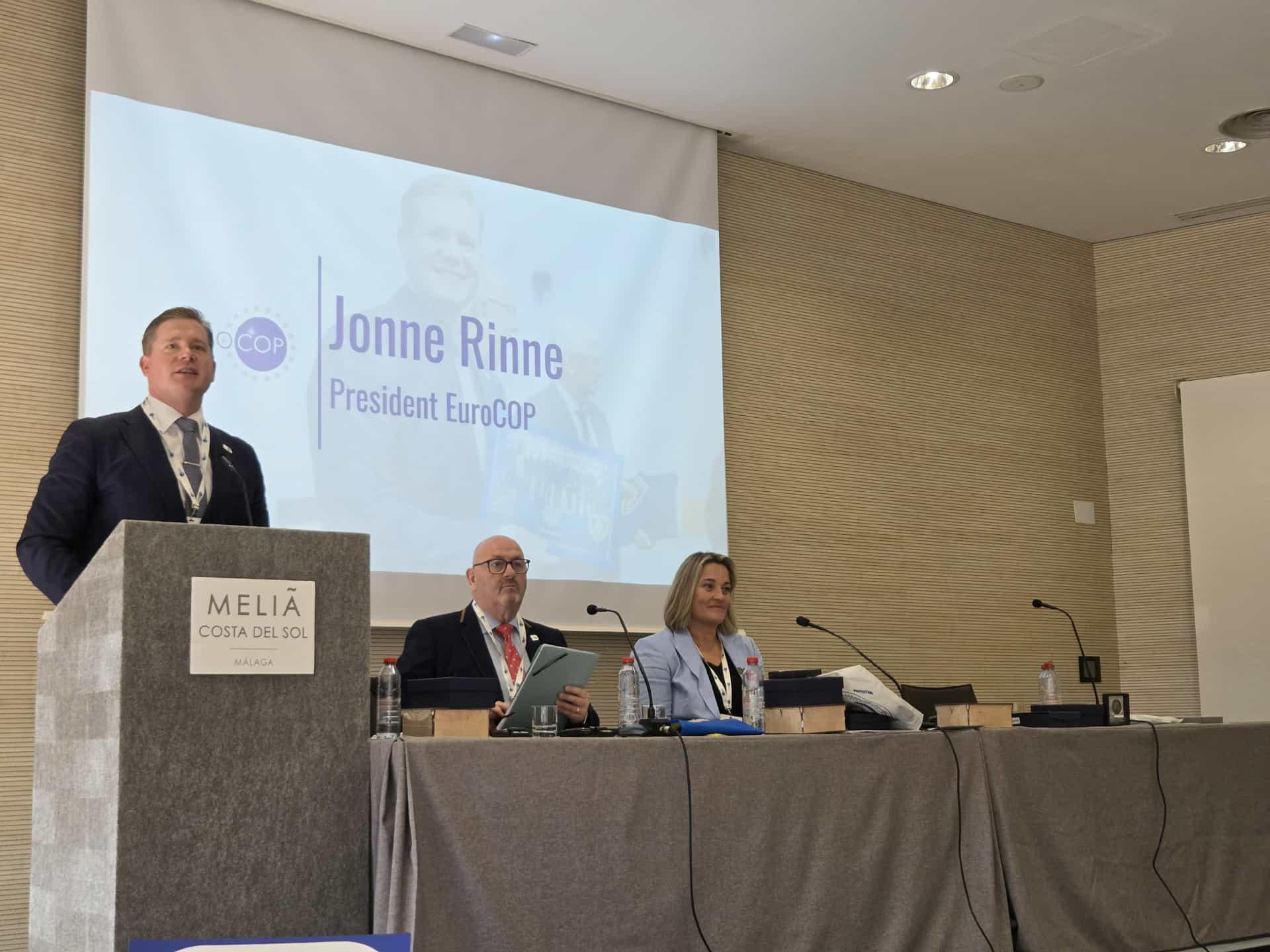
Supreme Court Decision Allows States To Defund Planned Parenthood
A recent Supreme Court ruling in favor of South Carolina allows states to deny Medicaid funds to NGO Planned Parenthood in a move that sets a precedent for conservative states across the country to block tax dollars going to abortion providers.
Medina v. Planned Parenthood South Atlantic, centers on whether low-income Medicaid patients can sue under what is known as Section 1983 – part of the Civil Rights Act of 1871 – in order to choose their own qualified healthcare provider. The case involves South Carolina’s blocking of Medicaid funding for Planned Parenthood South Atlantic, which the organization argued violated federal law.
In a 6-3 decision, the Court noted that the typical redress for such a violation would be for the Secretary of Health and Human Services to withhold Medicaid funding from the state, not for an individual to sue the state.
The decision upends the long running problem of taxpayers being forced to indirectly fund abortion clinics and procedures which they morally oppose. According to 2022 data, Planned Parenthood receives at least $600 million annually through state Medicaid reimbursments (taxpayer dollars), which is around 30% of the organization’s total revenue. Though not all of this money goes towards abortions, Planned Parenthood’s primary political lobby efforts focus on increasing abortion access.
The Hyde Amendment, a long-standing piece of legislation, prohibits the use of federal funds for abortions except in cases of rape, incest, or to save the mother’s life. However, while federal funds cannot be used for abortions (except in the limited circumstances mentioned), the Hyde Amendment does not apply to state funding and some states may choose to use their own Medicaid cash to cover abortions.
State Medicaid access has long been dictated by the ability of patients to choose their specific healthcare provider, meaning Planned Parenthood found a way around restrictions on federal money. South Carolina Gov. Henry McMaster has been pushing to block public health dollars from going to Planned Parenthood, but a resident and patient at Planned Parenthood South Atlantic argues that doing so violates her rights under the Medicaid Act.
The key provision in the 1965 Medicaid Act guarantees patients a „free choice of provider” that is willing and qualified. Much of the conflict deals with whether Planned Parenthood is a „qualified provider” under the Medicaid law, and whether individual patients have an unambiguous „right” to sue to see their provider of choice, under its specific language.
Furthermore, just because an individual or small group of people view Planned Parenthood as their provider of choice, does this mean everyone else is then required to pay into an NGO that offers services like abortion which they oppose? In other words, do voters in a particular state have the right to opt out of participation in abortion funding?

The Supreme Court says yes.
If the federal government can restrict how tax dollars are spent through Medicaid, why can’t states do the same? The SCOTUS ruling that overturned Roe v Wade ended the claim that citizens have a federally protected right to abortions and left the determination to individual states. This means that each state also has the power to decide if it will continue to fund operations like Planned Parenthood or cut off the cash flow.
The conservative group Alliance Defending Freedom argues that a win for South Carolina would still mean Medicaid patients could go to one of 200 other publicly funded healthcare clinics in the state. Meaning, no one is being denied access to vital healthcare; Planned Parenthood has simply been designated as unnecessary and contrary to the principles of the people of SC.
Pro-abortion activists argue that without state funds Planned Parenthood will be forced to shut down. Pro-life activists assert that this is the point.
Tyler Durden
Sat, 06/28/2025 – 14:35


















